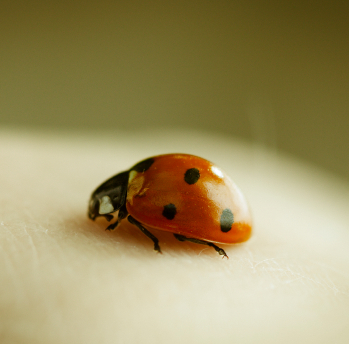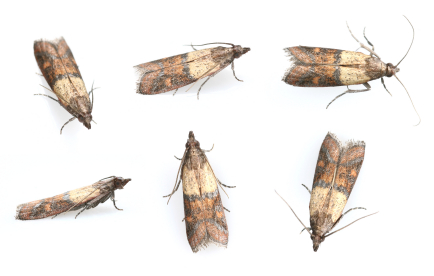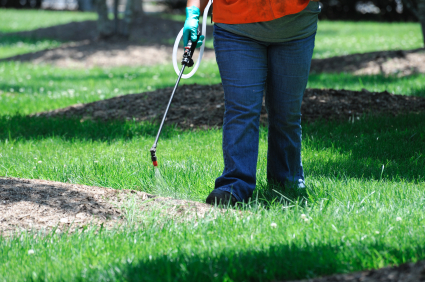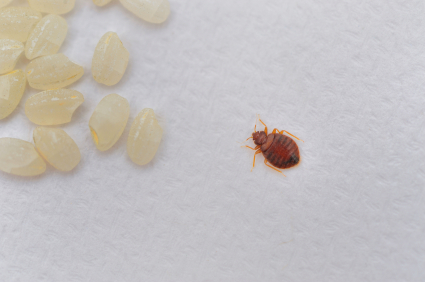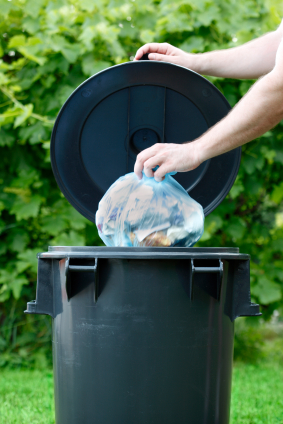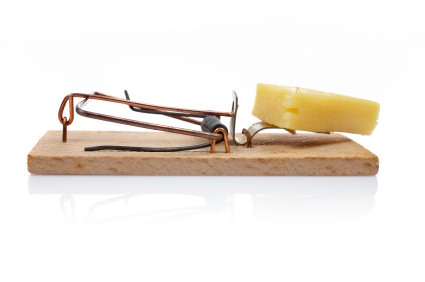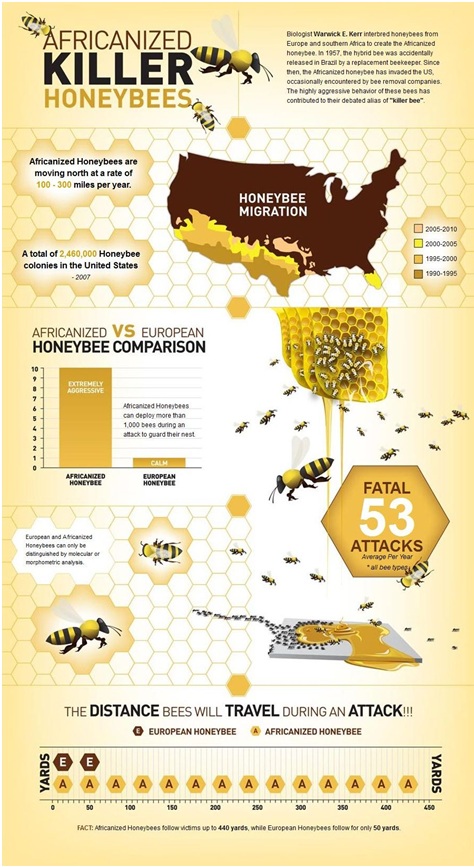People have been reporting more and more ladybug infestations in their homes — something that has occurred rarely before. This is because the ladybugs that are infesting your home are actually Asian lady beetles that were introduced to the United States in the late 1980s to control aphid populations. However, they have become pests themselves as they reside in homes in the wintertime to hibernate. Homeowners have reported ceilings and attics being covered in these ladybugs, especially in the colder seasons. It’s very hard to keep them out of your house, as they have the ability to squeeze under cracks and find holes that you never knew existed. Pesticides are an option, but many have the possibility of harming your children, pets, or the environment. These are some tips if you are looking for a natural way to get rid of ladybugs.
– Tape up as much of the cracks in your home as possible. It’s hard to cover them all, but hopefully this will reduce the influx of ladybugs to manageable levels.
– Vacuum the ladybugs up with the tube attachment, and release them outside. Vacuuming will most likely not kill the ladybugs, but don’t keep them inside the bag because they will find a way out!
– Use lemon scented candles at the entrances and the windows of your house, as ladybugs dislike the smell of lemons.
– Hot Shot Kitchen Bug Killer is safe to use in areas with food, and it doesn’t harm children, pet, or the environment either. You may even get rid of a few other kinds of bugs!
– Since many ladybugs only want to use your home as a hibernation area for the winter, they won’t move around too much or wreak havoc. You can even stick them in a box and put them in your freezer to hibernate, and release them next spring in your garden.
Asian lady beetles can be extremely annoying when they cluster in your house, and some have even been known to bite people when they feel threatened. Find a professional pest control service that will get rid of your ladybug problems with TalkLocal at no additional charge.

